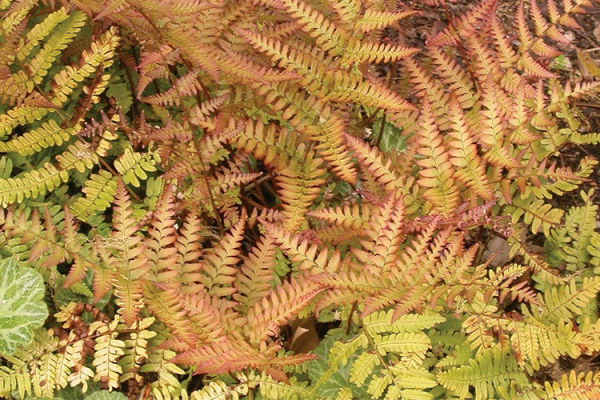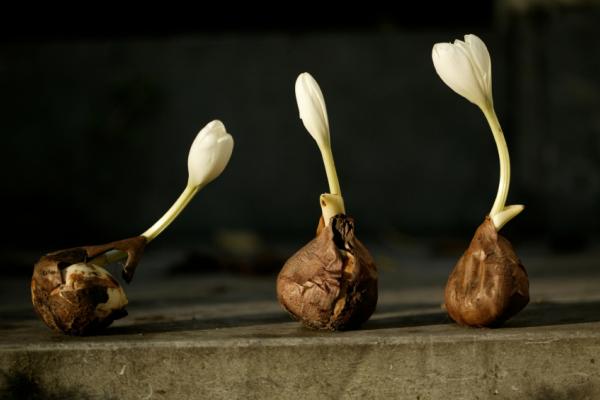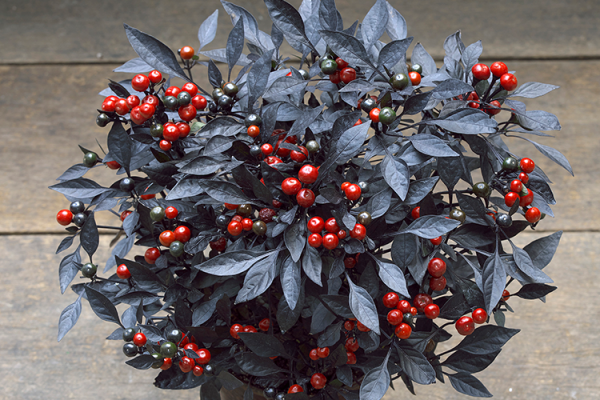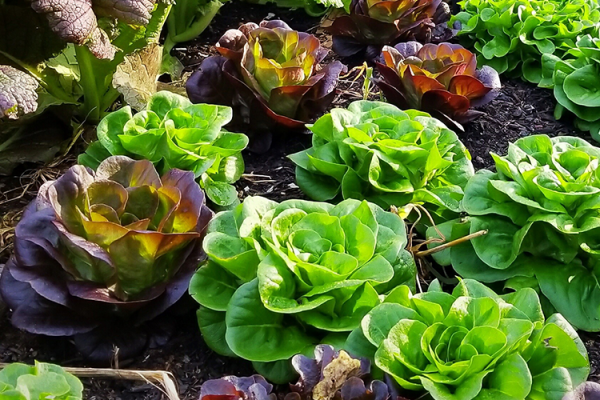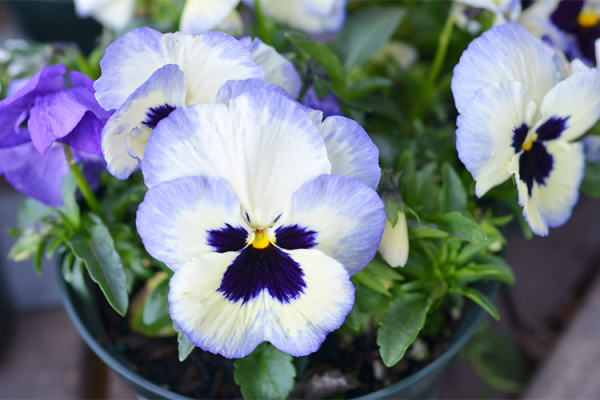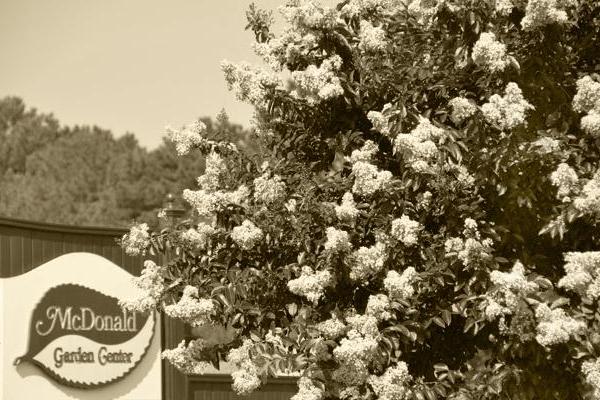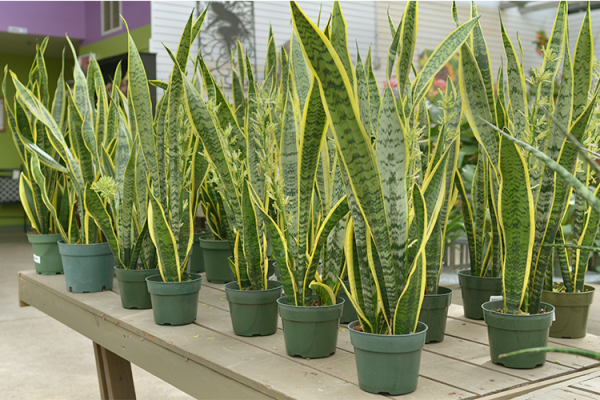Watering Tips During Drought Conditions
We've been lucky to have such amazing, sunny weather here recently, but our plants haven't been getting much rainwater. This recent dry spell in addition to the periods of heavy rain that we experienced over this last year may have resulted in plants not developing a deep enough root system needed to withstand a period with no rain (especially trees and shrubs). Therefore, it is crucial that you water during this period with no rainfall. Established plants should receive one inch of water over the area once a week.

